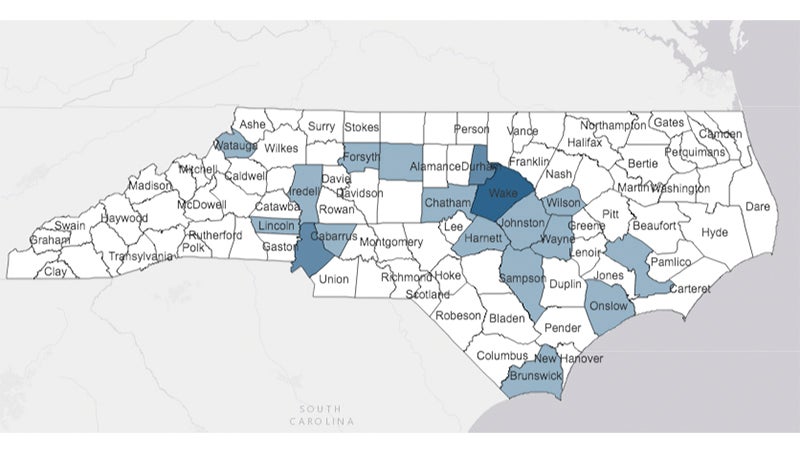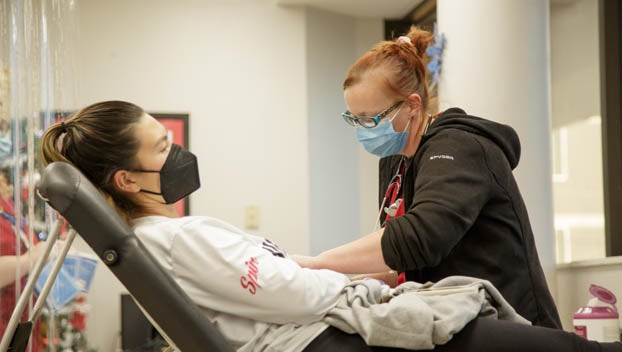COVID-19: state stats at a glance
Published 7:16 pm Wednesday, March 18, 2020
|
Getting your Trinity Audio player ready...
|
Known COVID-19 cases in North Carolina continue to grow, rising from 56 on Tuesday to 62 on Wednesday. On Wednesday, there were no deaths in North Carolina caused by coronavirus.
The number of cases in the U.S. went from 5,853 on Tuesday to 7,769 Wednesday, and 120 deaths are attributed to the virus nationwide. Seven percent of all active cases are considered serious, requiring hospitalization — down from 16% three weeks ago, according to Beaufort County’s Office of Emergency Services.
In North Carolina, COVID-19 is confirmed present in 18 counties, with 0 deaths. Cases have been confirmed in Brunswick, Craven, Harnett, Johnston, Onslow, Sampson, Wayne and Wilson counties in eastern North Carolina. Each has one known case. Durham County (12) and Wake County (17) have the most cases in North Carolina.
On Wednesday, Beaufort County had no confirmed cases.
“Conversations and announcements continue at the federal and state levels regarding mass and / or rapid testing for COVID-19, with Wake county hosting a ‘drive through’ style test site (Wednesday),” reads an BCES update released at 6 p.m. Wednesday. “Today’s talks also included expanding testing abilities to local medical providers via state and commercial laboratories. While the supply of test collection kits is on the rise, they remain limited, and are being prioritized to areas with more concentrated outbreaks. As such, test conducted at Beaufort County’s Health Department will continue to be subject to the following requirements.
- Have fever or lower respiratory symptoms (cough, shortness of breath) and close contact with a confirmed COVID-19 case within the past 14 days; OR
- Have fever and lower respiratory symptoms (cough, shortness of breath) and a negative rapid flu test
“Test results are typically returned between 24 and 72 hours, depending on the demand of the laboratory facility being used.
“We will pass along information pertaining to additional test(s) or testing requirements as they become available.
“While testing is currently the spotlight topic and serves the beneficial purpose of identifying COVID-19 victims, it is a diagnostic step, and not a treatment. As cases continue to develop, it will be important that we focus on treating the symptoms that an infected person(s) may experience.”





